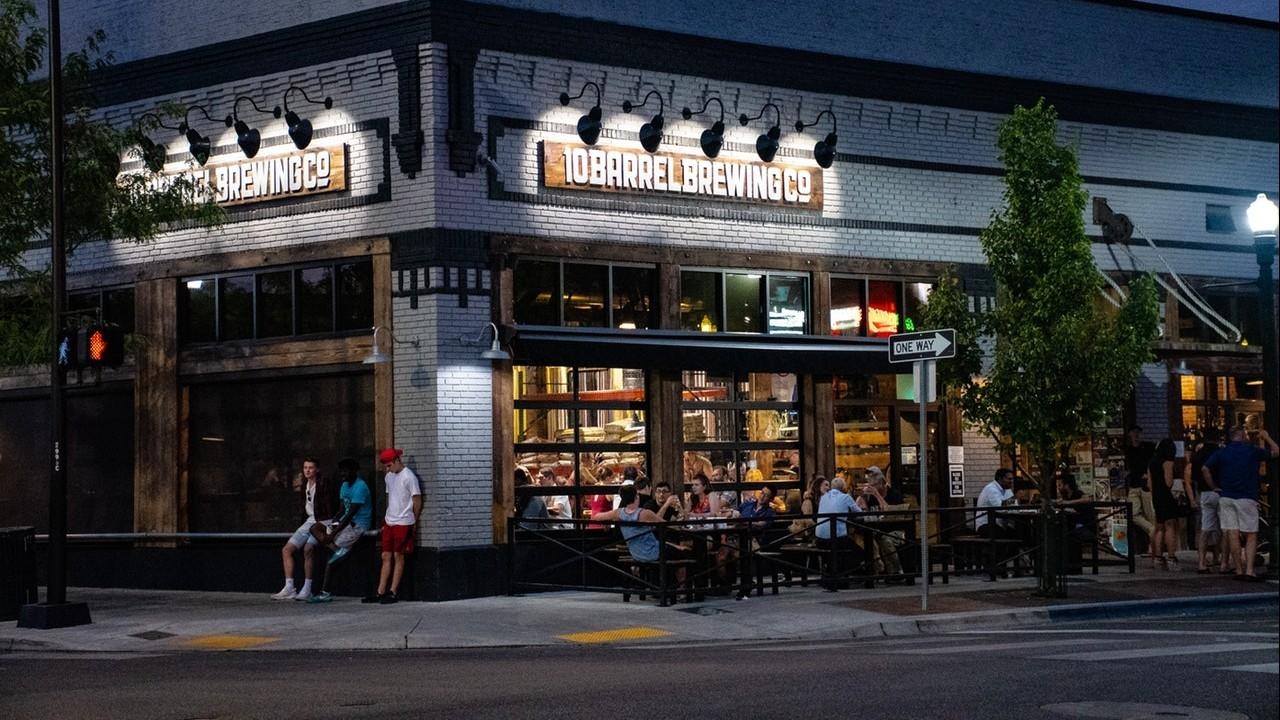How do I know what food safety laws apply to my restaurant?

After a lot of planning and hard work, you’ve settled on a location, name and a menu for your restaurant. Congratulations! But you may be wondering, “now what?” One of the most important tasks in setting your restaurant up for success is making sure you’re on top of food safety. Nothing will detract from your restaurants’ success more than making people sick. Just ask the owner of the now-shuddered all-you-can-eat shrimp buffet that used to be next door!
So how do you find out what food safety rules and regulations you need to follow? Wading through that swamp can be a challenge for sure! But know this – regulation of restaurants and other retail food establishments is generally handled at the state and local level – so you should start there first.
Normally food safety laws are set at the state level, such as through the state department of health or the equivalent in your state. Inspections, however, are usually conducted by city or county agencies. Some local jurisdictions may also adopt a more restrictive set of rules (if the state allows). Make sure to bookmark your state health department and your city’s health inspection websites – you will refer to them often!
Most states have based their food safety laws on some version of the Food and Drug Administration’s model Food Code. The Food Code is issued every few years, but don’t be fooled – it is not the law. The Food Code only becomes law in a state when it’s adopted by the state. To find out if your state has adopted a version of the Food Code (and it probably has) click here, but always remember to check with your local state department of health.
If your business is in California, you can stop reading now because, naturally, California does its own thing. To learn about your California’s laws, go to the California Department of Public Health website here.
So what’s in the Food Code?
The Food Code covers nearly every aspect of how to structure your restaurant for food safety success. It is centered around the five major risk factors that contribute to foodborne illness: (1) improper holding temperatures, (2) inadequate cooking, (3) contaminated equipment, (4) food from an unsafe source, and (5) poor personal hygiene. To reduce the risk that these factors carry, the Food Code provides guidance on essentially every aspect of food handling. The Food Code addresses things such as how to manage employee illnesses and cleanliness, how to safely handle food to avoid contamination, proper cooking temperatures, procedure for thawing frozen foods, and how to clean and sanitize equipment. In short, the Food Code is designed to be a food business’ one-stop-shop for learning how to implement proper food safety controls.
You can learn more about the model Food Code here.
No matter where you are in the process of starting your restaurant, it’s a good idea to print out and read the version of the Food Code your jurisdiction has adopted (or whatever food laws apply to your state).
Getting a leg up on this process, and knowing what food safety procedures you need to follow early in your development phase, will help you in planning many aspects of your restaurant. This includes selecting appropriate employee training programs, selecting and budgeting for cleaning supplies and clean-able kitchen equipment, and planning a kitchen layout that fosters safe food handling.
Stay connected with news and updates!
Join our mailing list to receive the latest news and updates from our team.
Don't worry, your information will not be shared.

